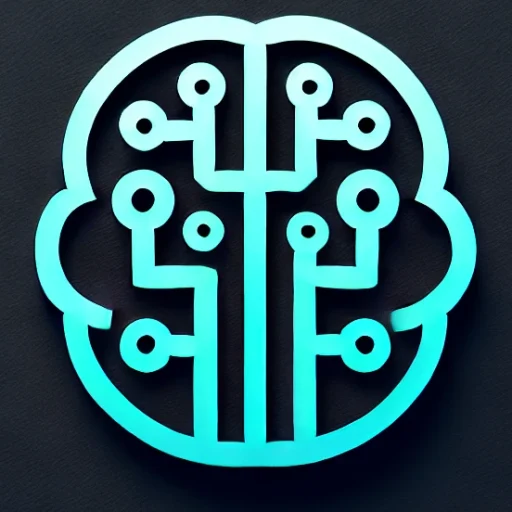
Introduction
The advent of Generative AI has heralded a new era in computing and artificial intelligence. From generating realistic images to composing music and writing narratives, Generative AI is transforming industries and reshaping how we perceive creativity and automation. As one of the most significant developments in AI today, understanding its capabilities and implications is crucial for both technologists and the general public.
Key Insights & Latest Advancements
Generative AI, particularly with advancements in Generative Adversarial Networks (GANs) and models like OpenAI’s GPT-4, is pushing the boundaries of what’s possible in content creation. These technologies can produce content that is nearly indistinguishable from human-made works, breaking new ground in industries such as advertising, entertainment, and beyond. Recent versions of these models have shown incredible improvements in coherence, context understanding, and creativity, thanks to increased training data and sophisticated architectures.
Highlights:
- OpenAI’s GPT-4 has made waves for its ability to understand context and nuances better than previous iterations, making interactions more natural and insightful.
- GANs have been instrumental in generating high-quality images and have opened up possibilities in digital art and design, revolutionizing creative workflows.
Real-World Applications
Generative AI is rapidly being integrated into various sectors, providing innovative solutions and enhancing productivity:
-
Creative Industries: Artists and designers are using AI to prototype ideas faster and explore new artistic directions. Tools like DALL-E are allowing creators to generate images based on textual descriptions, expanding the palettes of what is artistically possible.
-
Healthcare: In drug discovery, generative models are being used to predict molecular formations and simulate reactions, drastically reducing the time needed to bring new drugs to market.
-
Entertainment and Media: AI-generated scripts and storylines are being developed for movies, games, and even journalism, offering fresh perspectives and stories that might not have been conceived by human creators alone.
Challenges & Future Outlook
Despite its potential, Generative AI poses several challenges:
- Ethical Concerns: The ability to create hyper-realistic content raises questions about misinformation, intellectual property rights, and the potential misuse of technology.
- Quality Assurance: Ensuring the generated content is accurate and free from biases remains an ongoing challenge, necessitating robust oversight and continuous improvement in models.
Looking to the future, as these AI models become more ubiquitous, the conversation around ethical use, regulation, and the augmentation of human creativity versus replacement will become more prominent. There is a growing need for frameworks that balance innovation with accountability.
Conclusion
Generative AI is not just a technological marvel but a transformative force in modern computing with far-reaching implications. As we continue to explore its possibilities, the key to leveraging its full potential will lie in addressing the ethical, legal, and creative challenges it presents. By doing so, we can ensure that Generative AI not only enhances human capability but also aligns with societal values and norms.
Key Takeaways
- Generative AI is revolutionizing content creation across industries.
- The field is advancing rapidly, notably through improvements in models like GANs and GPT-4.
- Despite its promise, it raises significant ethical and quality concerns that need addressing.
- The future will require balancing innovation with ethical responsibility to harness Generative AI’s full potential responsibly.
As we stand on the brink of this new AI frontier, the opportunities are vast, but so are the responsibilities that come with wielding such powerful technology.

